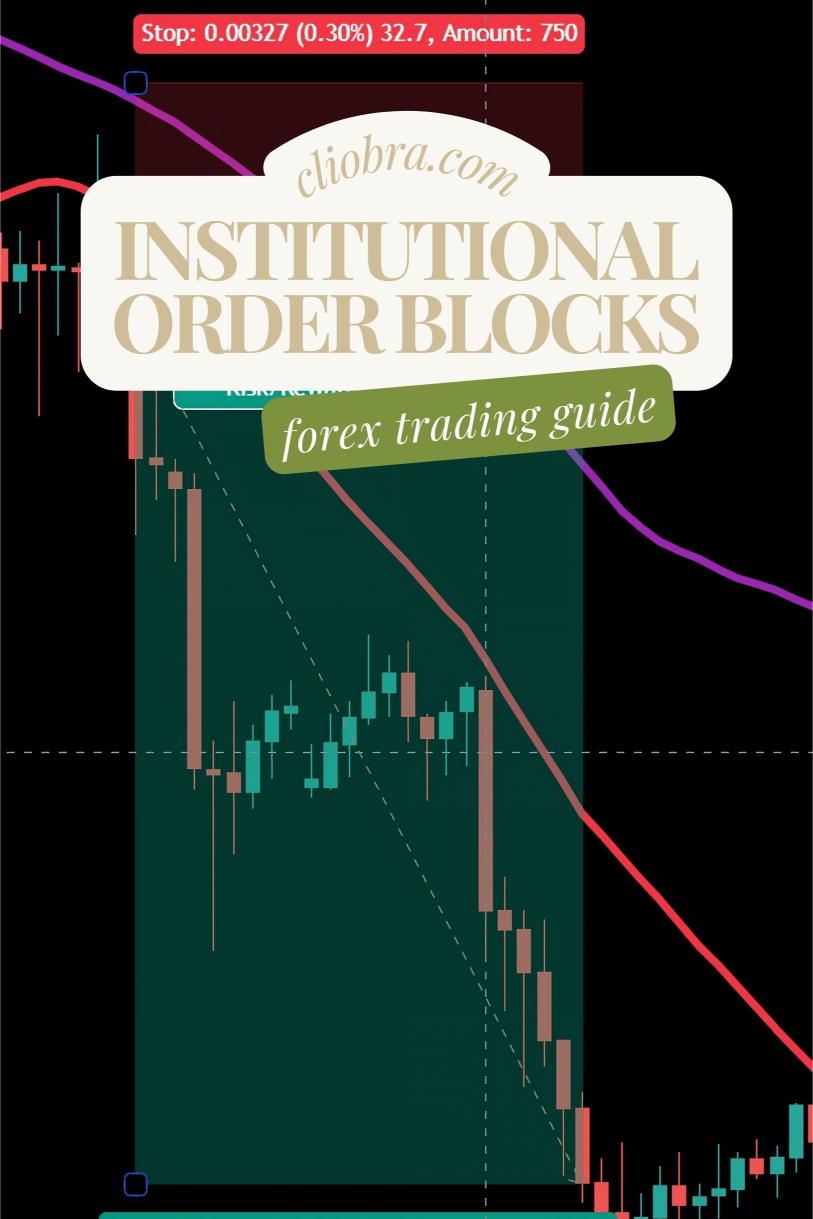Last Updated on February 5, 2025 by Arif Chowdhury
Ever thought about diving into day trading but felt overwhelmed?
Questions flood your mind:
- What strategies actually work?
- How do I identify the best opportunities?
- Can I make a consistent profit?
As a seasoned Forex trader since 2015, I get it.
I’ve been in the trenches, honing my skills through both fundamental and technical analysis.
Today, I want to share insights on how to trade Forex as a day trader using institutional order blocks.
Let’s break it down.
What Are Institutional Order Blocks?
Institutional order blocks are areas on a chart where large players—like banks and hedge funds—make significant trades.
These blocks represent potential support or resistance levels.
They show where these institutions are likely to buy or sell.
Understanding these blocks can give you a serious edge in the market.
Why Should You Care?
- Market Impact: Institutions have deep pockets. Their trades move markets.
- Predictable Reactions: Price tends to react when it hits these blocks.
- Risk Management: Helps you set smarter stop-loss levels.
How to Identify Order Blocks
- Look for Consolidation: Before a big move, prices often consolidate.
- Check for Volume Spikes: High volume indicates institutional interest.
- Watch for Breakouts: When price breaks out of consolidation, it’s a signal.
Real-World Example
Imagine you see a strong consolidation zone at a specific price level on the EUR/USD.
After a breakout with high volume, that level becomes an order block.
When the price returns to this level, it often bounces back up.
This is where you can enter a trade!
Trading Strategies with Order Blocks
Now, let’s get into the nitty-gritty of trading strategies.
1. Entry Points
- Wait for price to approach an order block.
- Look for price action signals (like pin bars or engulfing candles).
- Set your entry slightly above the order block for a buy.
2. Stop-Loss Placement
- Place a stop-loss just below the order block.
- This keeps your risk manageable.
3. Take Profit Levels
- Aim for a risk-to-reward ratio of at least 1:2.
- Use previous swing highs/lows for targets.
4. Using Multiple Time Frames
- Analyze higher time frames (like H4 or daily) for context.
- Use lower time frames (like M5 or M15) for precise entries.
The Power of Diversification
I can’t stress this enough: diversification is key.
I’ve developed a portfolio of 16 trading bots across four major currency pairs (EUR/USD, GBP/USD, USD/CHF, USD/JPY).
Each currency pair has 3-4 bots, all designed to minimize correlated losses.
This multi-layered approach not only enhances profitability but also mitigates risk.
Statistical Insight
Did you know that over 70% of day traders lose money?
By using strategies like order blocks and diversifying your approach, you can tilt the odds in your favor.
Why You Should Consider My Trading Bots
These bots are built on years of backtesting—20 years, to be exact.
They perform exceptionally well under even the toughest market conditions.
With a focus on H4 charts, they target long-term trades of 200-350 pips.
This long-term view means better performance and steadier gains.
Interested? You can check out my trading bots portfolio to learn more.
Finding the Right Broker
Trading with the right broker is essential.
If you’re serious about day trading, you need a broker that offers tight spreads and reliable execution.
I’ve tested several brokers and found some top-notch options.
Check out my recommended brokers here: Best Forex Brokers.
Wrapping It Up
Trading Forex as a day trader using institutional order blocks is a strategy worth exploring.
By understanding how to identify these blocks and implementing smart trading strategies, you can improve your chances of success.
Remember to diversify your approach.
And if you want to take your trading to the next level, consider my trading bots and recommended brokers.
With the right tools, you can make your mark in the Forex market.
